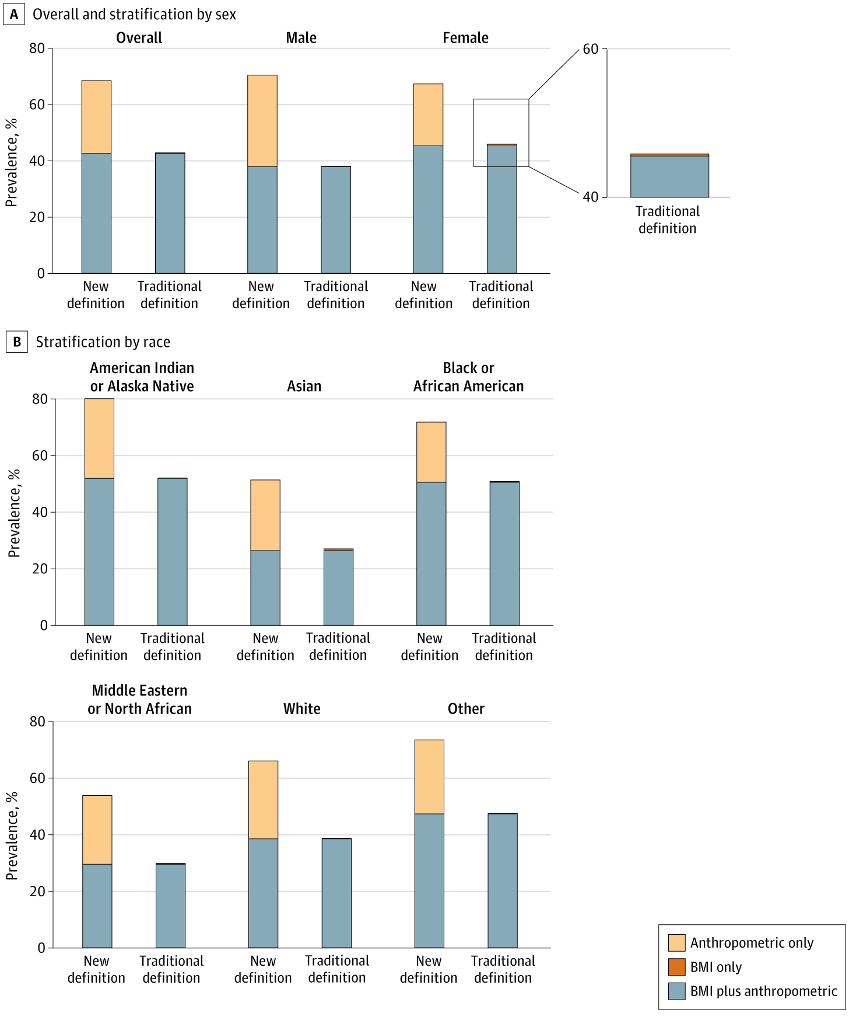The prevalence of obesity increased by over 20% under the new classification.

The corporate offices of Massachusetts General Brigham hospitals in Assembly Square in Somerville. Lane Turner/The Boston Globe
A new Mass General Brigham study found a large increase in the number of U.S. adults who meet the new definition of obesity.
The Lancet Diabetes and Endocrinology Commission recently expanded the definition of obesity to include measures of body fat distribution in addition to body mass index based on weight and height.
Under the new definition, the prevalence of obesity increased from 42.9% to about 68.6% among over 300,000 study participants, Mass General Brigham reported. While obesity varies by sex, race, and age, the study found that obesity impacts nearly 80% of adults over 70 years old.
“We already thought we had an obesity epidemic, but this is astounding,” said Dr. Lindsay Fourman, an endocrinologist at Mass General Brigham and one of the authors of the study. “With potentially 70% of the adult population now considered to have excess fat, we need to better understand what treatment approaches to prioritize.”
The new obesity guidelines consider anthropomorphic measures, including waist circumference, waist-to-height ratio, and waist-to-hip ratio, to account for the difference between muscle and fat mass.
Obesity is now determined if a person has a high BMI and at least one elevated anthropomorphic measure, known as BMI-plus-anthropometric obesity, or if a person has a normal BMI and at least two elevated anthropomorphic measures, known as anthropometric-only obesity.
Previously, people with anthropometric-only obesity would not have been classified as obese at all. But the study found that people with anthropometric-only obesity were at a higher risk for diabetes, cardiovascular disease, and mortality than people without obesity.
 Prevalence of obesity by the traditional and new definitions.
Prevalence of obesity by the traditional and new definitions.
– Source: JAMA Network Open
“We have always recognized the limitations of BMI as a single marker for obesity because it doesn’t take into account body fat distribution,” said Dr. Steven Grinspoon, chief of the Metabolism Unit at Mass General Brigham and one of the authors of the study. “Seeing an increased risk of cardiovascular disease and diabetes in this new group of people with obesity, who were not considered to have obesity before, brings up interesting questions about obesity medications and other therapeutics.”
Fourman added, “Identifying excess body fat is very important as we’re finding that even people with a normal BMI but with abdominal fat accumulation are at increased health risk. Body composition matters — it’s not just pounds on a scale.”
The study also classifies obesity as pre-clinical or clinical. Clinical obesity is the presence of physical impairment or organ dysfunction caused by obesity, the study says.
Approximately 50% of those who met the new obesity guidelines had clinical obesity, according to Mass General Brigham.
Although at least 76 organizations have adopted the new guidelines, further research is needed to understand the causes and treatments for anthropometric-only obesity, researchers said.
Sign up for the Today newsletter
Get everything you need to know to start your day, delivered right to your inbox every morning.
